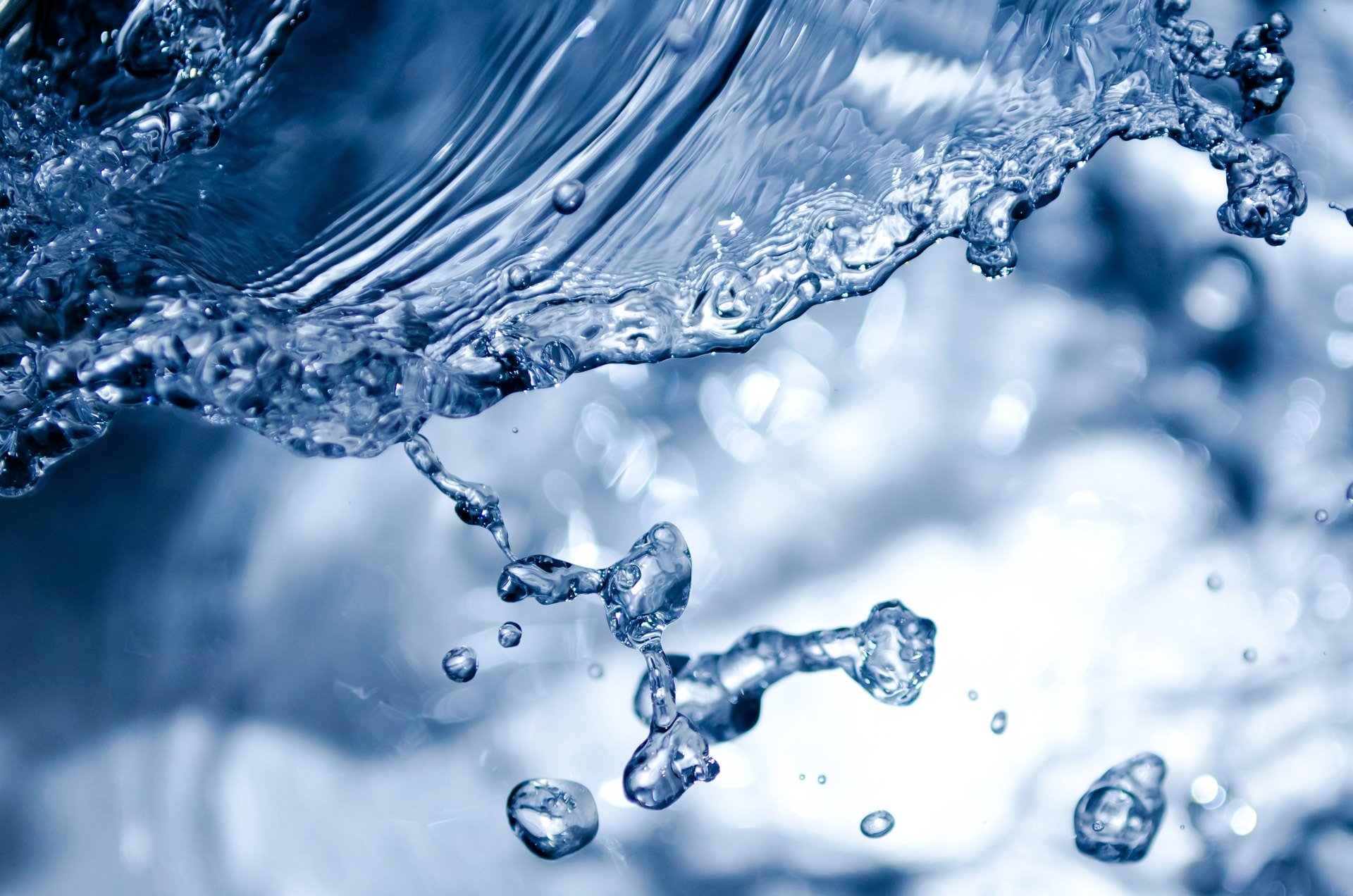Different Uses of Sterile Water for Injection

Do you prefer to drink distilled water?
While some don’t like it because it’s not as flavorful as mineral water, distilled water may be safer to drink than tap water.
Now, if you’re wondering if distilled water is the same as sterile water, the short answer is no. Distillation only removes unnecessary ions from the water, which means microbes might still be present in it. Water for injection, on the other hand, has to be 100% free from microbes.
That being said, let’s talk about the different types of water used in pharmaceutical preparations.
Using Sterile Water for Injection
As its name implies, sterile water for injection is intended to be used intravenously. It should be free of antimicrobial agents, buffers, etc., and often comes in a single-dose container.
Before administering it to a patient, it has to be made isotonic. That means it has to be compatible with the patient’s blood, or else it might result in the destruction of red blood cells (hemolysis). To do this, the one who prepares the water for injection has to add a solute (sugars or salts).
Other Types of Pharmaceutical Water
Aside from sterile water for injection, the pharmaceutical industry also uses other types of water, including:
1. Purified Water
Recommended for cleaning equipment, cleaning non-sterile products, and so on, purified water is also one of the main components for external preparations such as liniments.
Some of the processes used to make purified water include deionization, distillation, and reverse osmosis.
2. Water for Hemodialysis
According to the CDC, there are plenty of opportunities for hemodialysis patients to contract waterborne pathogens, given the amount of water used in the process.
This is why there are specific standards for water used in hemodialysis. It cannot exceed the limits for contaminants and endotoxins, and the devices used for storing it should be routinely disinfected.
3. Sterile Water for Irrigation
One of the uses of sterile water for irrigation is in removing debris and disease-causing bacteria in wounds. The water used for this process is similar to sterile water for injection in that it doesn’t come in large containers.
Other uses for this type of water include urologic irrigation and for preparing sorbitol solutions.
4. Sterile Water for Inhalation
Prepared from water for injection, sterile water for inhalation also contains no bacteriostatic agents.
It’s strictly for inhalation and not meant for intravenous preparations. When used in humidifiers, there is a risk of contamination, which is worth noting for home users.
5. Bacteriostatic Water
Unlike sterile water for injection, bacteriostatic water contains antimicrobial agents.
Administration methods for this type of pharmaceutical water include IV or intravenously, IM or intramuscular, and subcutaneous or under the skin. Since bacteriostatic water contains benzyl alcohol, a rare contact allergen, you should find out if you might react to it.
Water Is the Best Medicine
In more ways than one, water is essential to life. For pharmaceutical applications, water also has almost unlimited uses. These, of course, include sterile water for injection, bacteriostatic water, and other types of pharmaceutical water.
For more health tips and advice, or if you just want to know more about injections, feel free to browse our site. You might also want to check out our other sections, including mindfulness, self-improvement, motivation, and so on.
